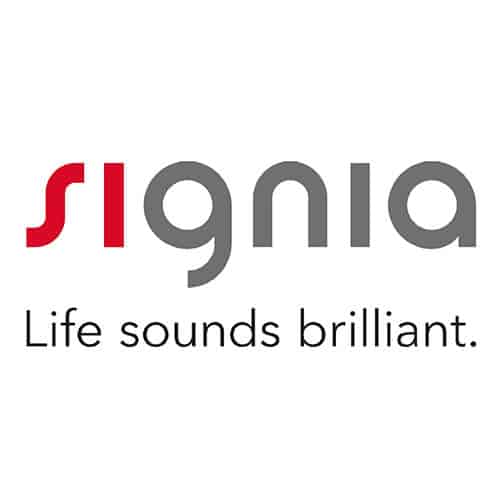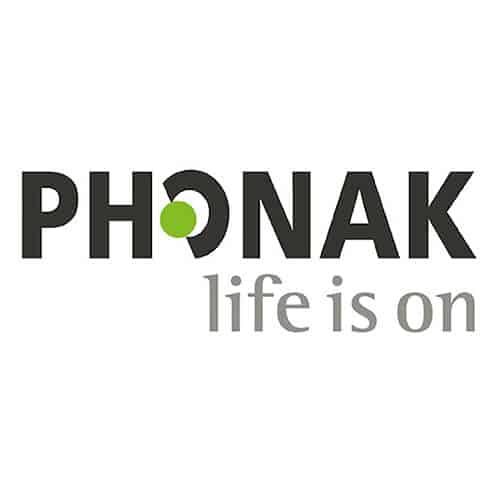Hearing Aids in Antioch, CA
The great news about modern hearing aids is there is a plethora of options and choices in style, features, and budgets. This can also be seen as the bad news about modern hearing aids – it can be very difficult to know where to start your research! We’ve compiled this friendly overview of hearing aid basics to help you get started. When choosing your actual hearing aids, you will never be alone. We will help you to fully understand all of your options at your appointment with one of our expert hearing aid specialists.
Hearing Aid Styles
Hearing aid styles are typically referred to using three-letter acronyms. They indicate the look, and function of the hearing aid, as well as how they fit onto your ears. Not all styles of hearing aids will suit all hearing profiles or lifestyles.

Behind-The-Ear (BTE)
The technology within BTE hearing aids is nested in a case that fits behind the wearer’s ears. Thin plastic tubing directs sounds into a custom ear mold or ear bud that is fitted inside the ear canal. While these tend to be the largest type of modern hearing aids, they are not bulky or distracting like hearing aids of the past. BTE hearing aids are most often suitable for all levels of hearing loss, including severe or profound.
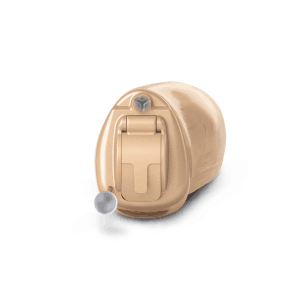
Completely-In-Canal (CIC)
Completely-In-Canal hearings aids are one of the smallest types of hearing aids. These custom molds fit completely in your ear canal, with only a very small “handle” visible for removing the aids. For many people, these can be considered to be quite “invisible". These hearing aids are most often suited for mild or moderate hearing loss.
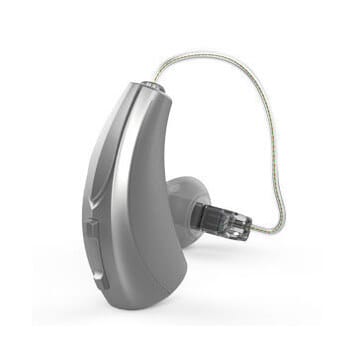
Receiver-In-Canal (RIC) or Receiver-In-The-Ear (RITE)
Some manufacturers refer to these hearing aids as RIC, while others title them RITE. Either way, the technology is about the same. Similar to BTE styles, these types of hearing aids house their technology in a casing that sits behind the outer ear. What makes these different is a thin and almost invisible wire (rather than plastic tubing) connects the outer housing to an ear bud inside the canal. These hearing aids are more discreet than BTE styles.
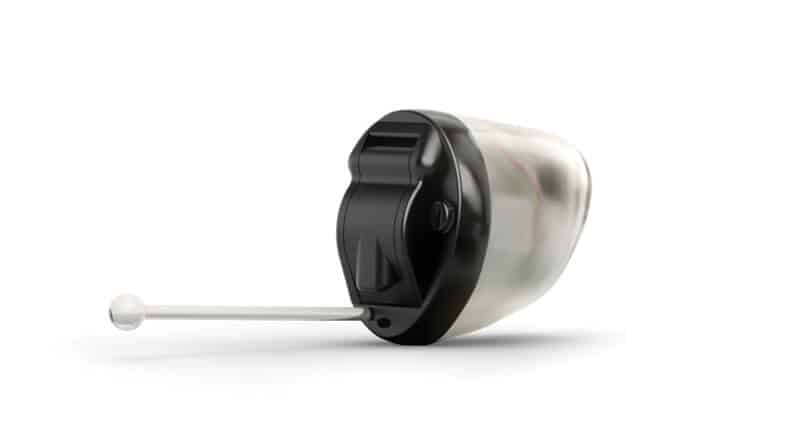
Invisible-In-Canal – (IIC)
These hearing aids are definitely the most discreet option available. They fit far within the ear canal to become completely invisible for most people. While tiny, these hearing aids typically come equipped with similar power and features to other styles of hearing aids. Most IIC hearing aids should be removed daily, although there are a select few options that do not require daily removal.
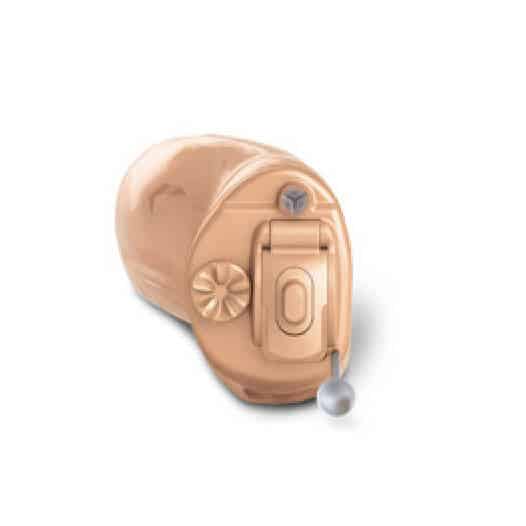
In-The-Ear (ITE) and In-The-Canal (ITC)
In-The-Ear and In-The-Canal hearing aids are quite similar, because they both fit within the ear, rather than behind it or completely inside the ear canal. The difference is that ITE styles come out a bit further than their ITC counterparts filling up more of the outer ear. ITE aids are typically better suited for more severe hearing loss. These styles can still be quite inconspicuous as they come in a wide range of tones to blend with your skin.
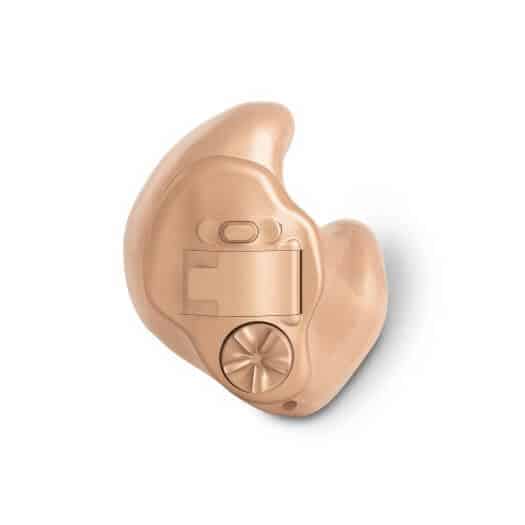
FULL SHELL IN-THE-EAR
ITE hearing aids sit on the cusp of the ear, which makes them sit out a bit further than ITC hearing aids. ITE aids are typically better suited for more severe hearing loss and can still be quite conspicuous as they come in a wide range of tones to blend with your skin.
Hearing aid brands
At Hearing Aid Services of Antioch, we work with the largest and most reputable manufacturers of hearing aids. Click below to learn more about each of our partnered brands.




